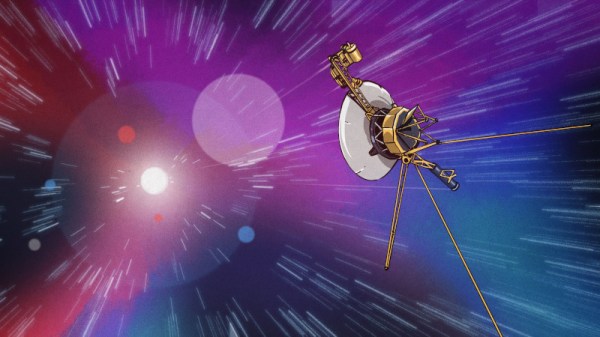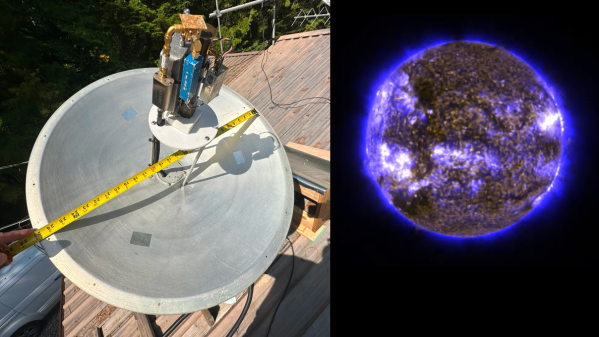We hate to admit it, but whenever we see an article about either Voyager spacecraft, our thoughts immediately turn to worst-case scenarios. One of these days, we’ll be forced to write obituaries for the plucky interstellar travelers, but today is not that day, even with news of yet another issue aboard Voyager 1 that threatens its ability to communicate with Earth.
According to NASA, the current problem began on October 16 when controllers sent a command to turn on one of the spacecraft’s heaters. Voyager 1, nearly a light-day distant from Earth, failed to respond as expected 46 hours later. After some searching, controllers picked up the spacecraft’s X-band downlink signal but at a much lower power than expected. This indicated that the spacecraft had gone into fault protection mode, likely in response to the command to turn on the heater. A day later, Voyager 1 stopped communicating altogether, suggesting that further fault protection trips disabled the powerful X-band transmitter and switched to the lower-powered S-band downlink.
This was potentially mission-ending; the S-band downlink had last been used in 1981 when the probe was still well within the confines of the solar system, and the fear was that the Deep Space Network would not be able to find the weak signal. But find it they did, and on October 22 they sent a command to confirm S-band communications. At this point, controllers can still receive engineering data and command the craft, but it remains to be seen what can be done to restore full communications. They haven’t tried to turn the X-band transmitter back on yet, wisely preferring to further evaluate what caused the fault protection error that kicked this whole thing off before committing to a step like that.
Following Voyager news these days feels a little morbid, like a death watch on an aging celebrity. Here’s hoping that this story turns out to have a happy ending and that we can push the inevitable off for another few years. While we wait, if you want to know a little more about the Voyager comms system, we’ve got a deep dive that should get you going.
Thanks to [Mark Stevens] for the tip.




 The project featured in this post is
The project featured in this post is 









